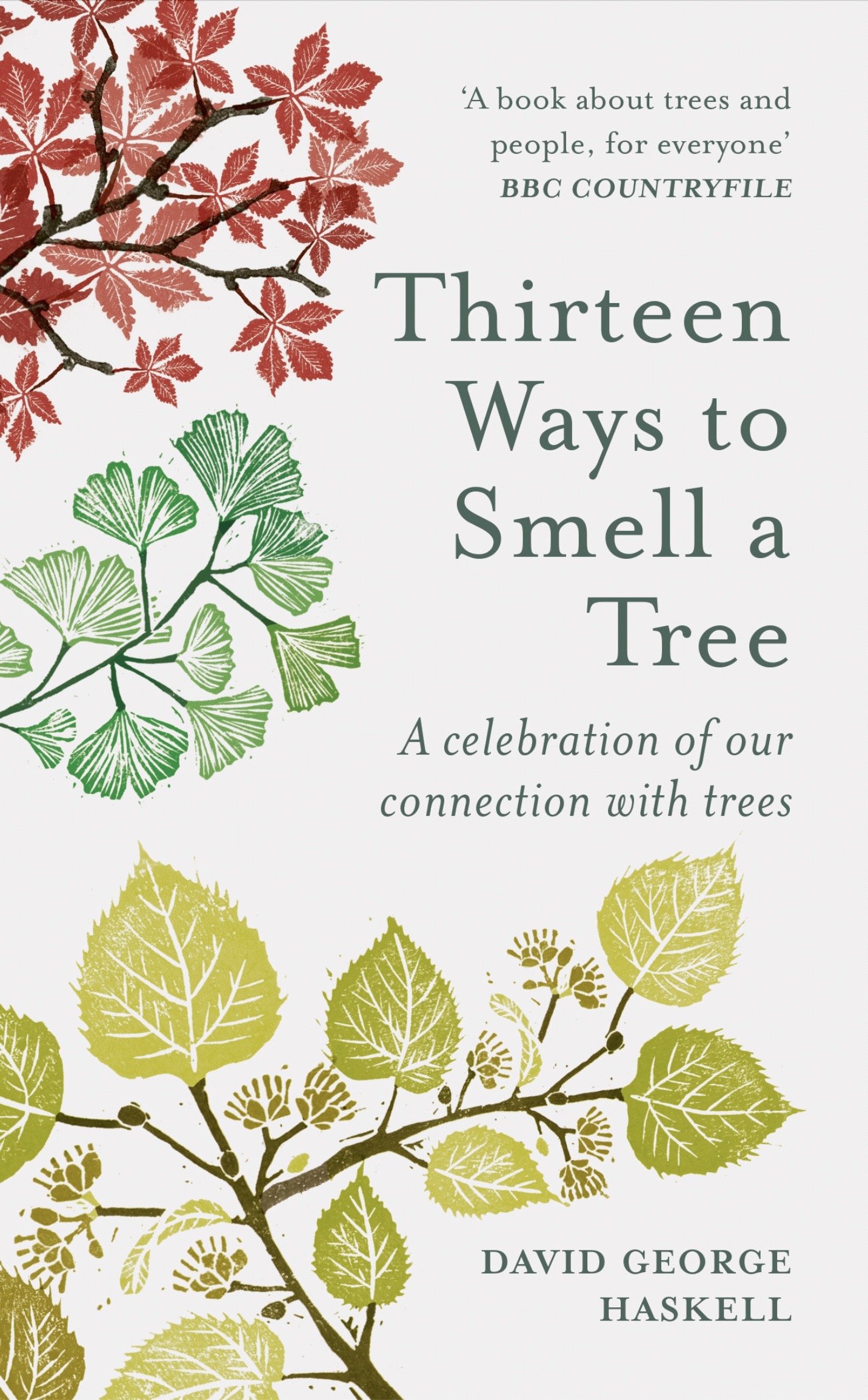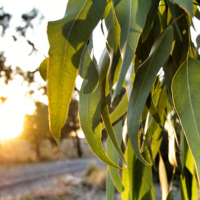3rd June 2023
Aroma
Today we will be exploring our sense of smell.
Scents in our environment can evoke emotional and physiological responses, influence our mood and behaviour,
and even trigger memories. We are going to look at ways that nature uses scent and the things that these aromas evokes inside us.
Live event
*You can use a timezone converter to check the workshop time in your area
Interview with David George Haskell
We are delighted to share a podcast interview with biologist and nature writer David George Haskell.
You can listen using the web payer below or search for Journaling With Nature wherever you listen to podcasts.
Nature journaling prompts and ideas
Some plants, during their flowering season, fill the air with fragrance in a powerful, and sometimes overpowering way. Jasmine, gardenias and wattle are examples of flowers that can be highly fragrant. Do you notice any plants that fill the air with fragrance? Take a walk around your neighbourhood and see if you can find some highly scented specimens.
We often associate the scent of plants primarily with flowers, but the leaves of many plants contain strong and evocative aromas. In this article by the folks at Kew Gardens, they explain that the strong scents in many garden herbs, like rosemary, mint and lavender, are produced by oils within the leaves that aid the plant in deterring predators. Gently crushing the leaves between your fingers can release these oils and the scents they carry. Do you have some pungent leaves in your nearby nature? How could you capture these scents in your nature journal?
Not all flowers produce scents that are pleasing to humans. Rafflesia is a genus of parasitic flowering plants that are infamous for their extremely strong and unpleasant odour. The smell attracts flies and other insects which pollinate the enormous flower. This article describe Titan arum, or corpse flower, which smells of rotting flesh when in bloom and is considered among the smelliest plants on earth. Certain types of fungus also use intense smell to attract pollinating insects. In your nearby nature, can you find organisms that produce, or are attracted by, smells that humans would find off-putting? Can you observe and journal about the benefit of the odour for these organisms?
Do you experience different scents in your nearby nature at different times of the day? Perhaps in the morning you notice fresh and dewy scents as the cool air brings out the fragrances of plants and flowers. Maybe in the middle of the day the warm sun releases fragrant oils within other plants. How about at night? What do you notice as the day comes to an end and the evening brings coolness and calm? See if you can observe, and nature journal about, the olfactory changes you notice throughout the day. Do you have any flowers around you that bloom at night?
Aroma and memory are intimately linked. Studies have shown that certain scents can evoke vivid memories of people, places, and experiences, even from many years ago. Are there any scents in nature that take you back to a time in the past or evoke feelings of nostalgia and comfort? Try nature journaling about a scent that is linked to memory for you. How does it make you feel? What do you remember? Where is the feeling located in your body?
Author and biologist David George Haskell writes about the many ways that our lives are intertwined with the scent of trees. You can listen to David in conversation with radio host Indira Naidoo, as they talk about the power of aroma and about David’s book 13 Ways to Smell a Tree.
We experience the scent of plants every day in our kitchens and homes. You can smell the aroma of plants in your morning coffee or tea, the strong, sweet scent in the skin of an orange, and the overpowering aromas in your spice rack. Take a look around your home and investigate the many ways that your everyday life is linked with the aromas of plants. Can you put some of these common aromas into your nature journal?










